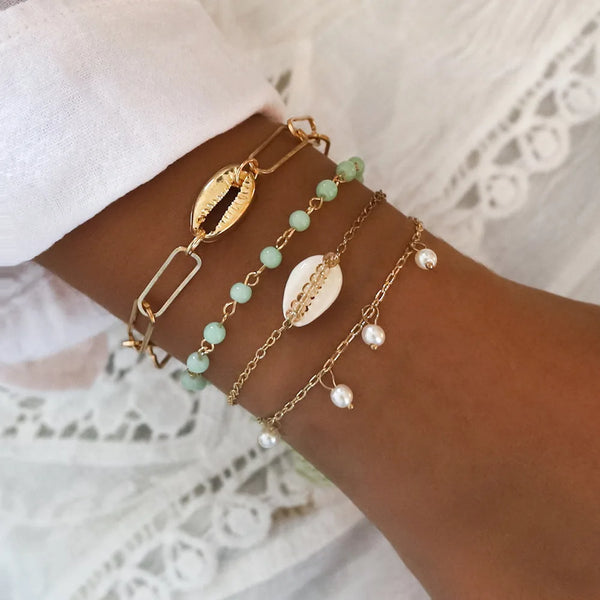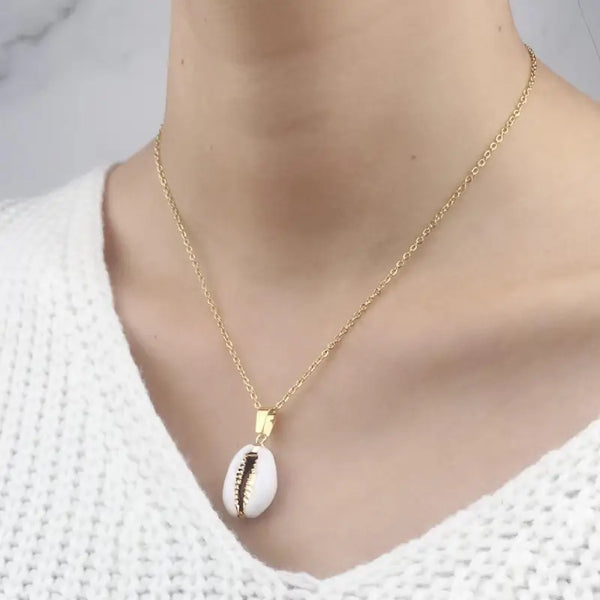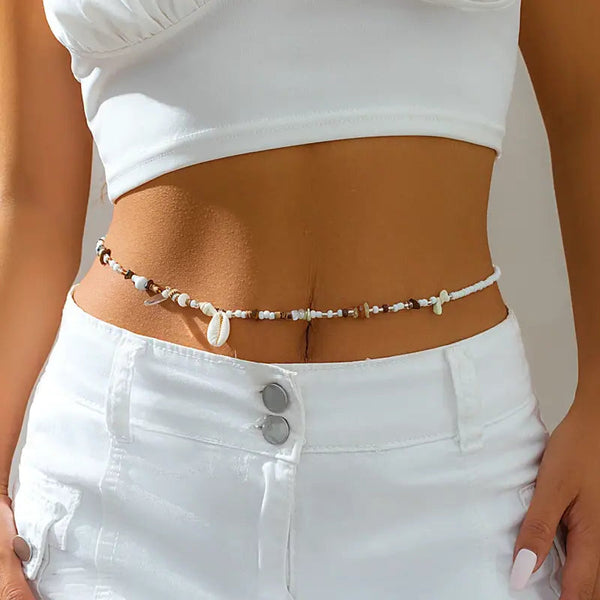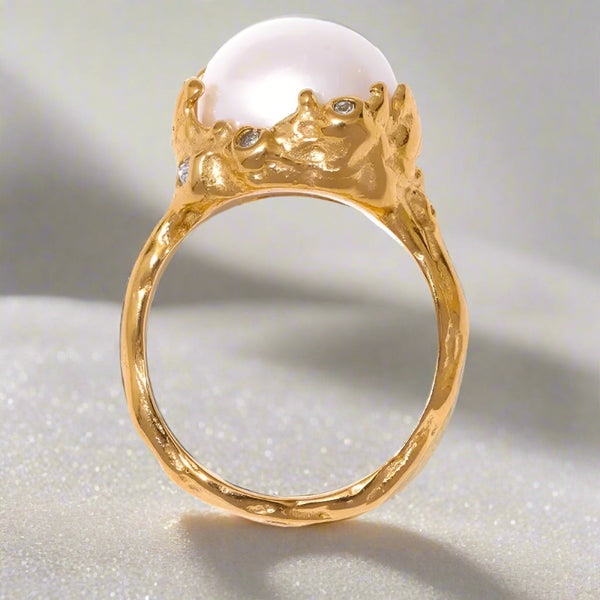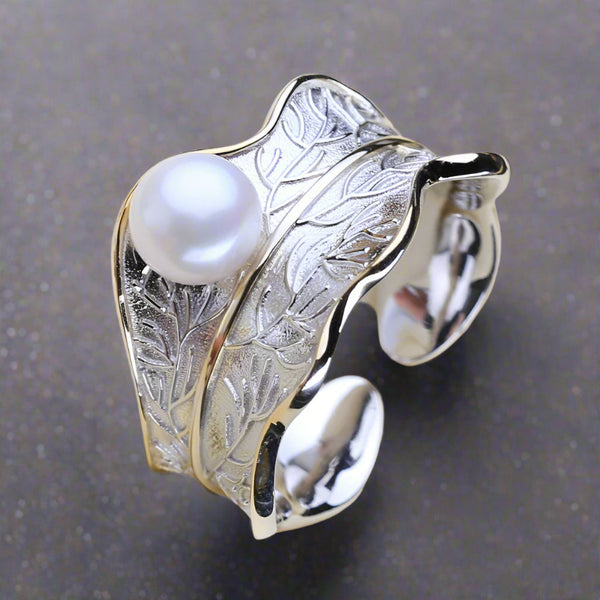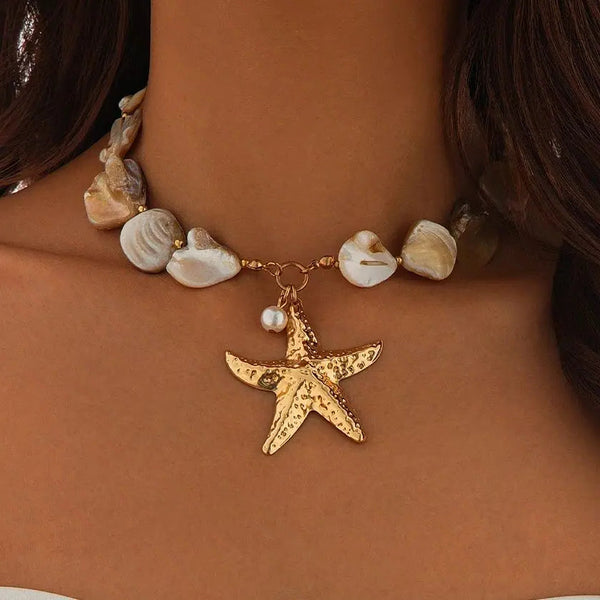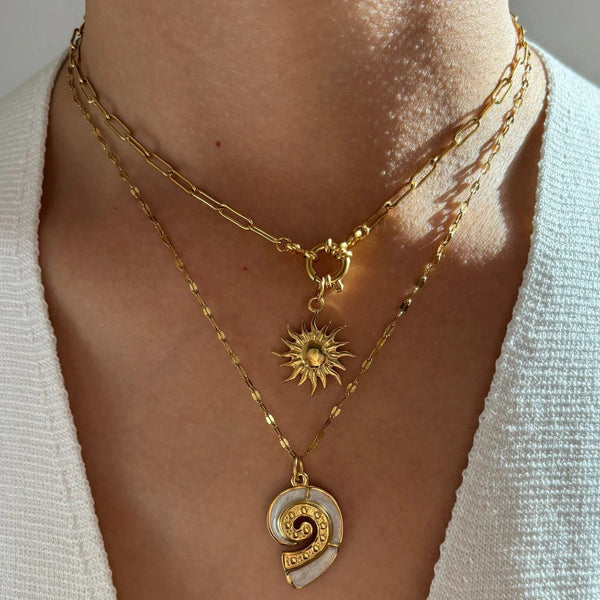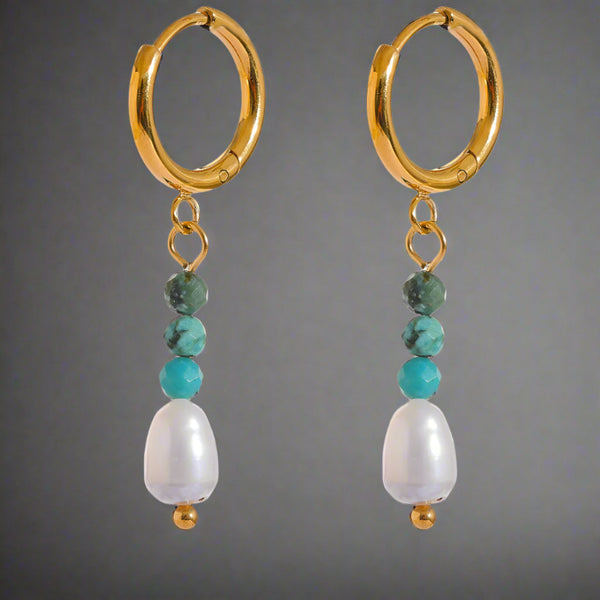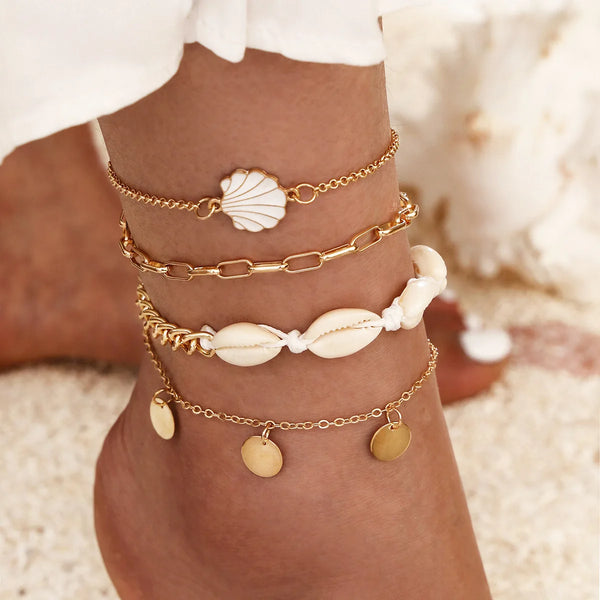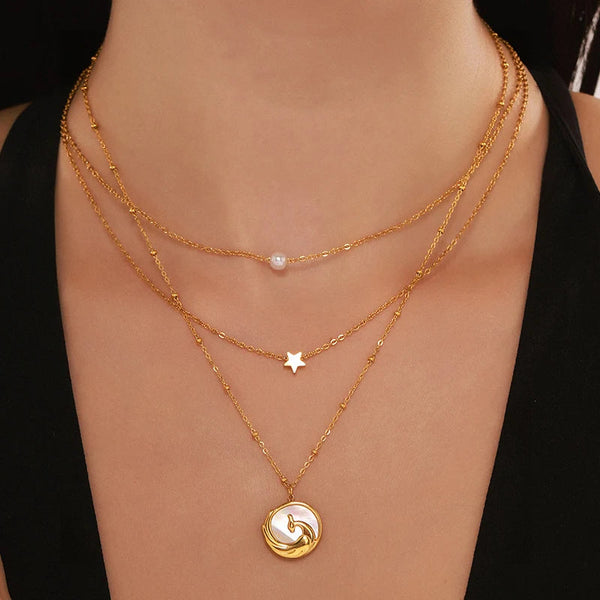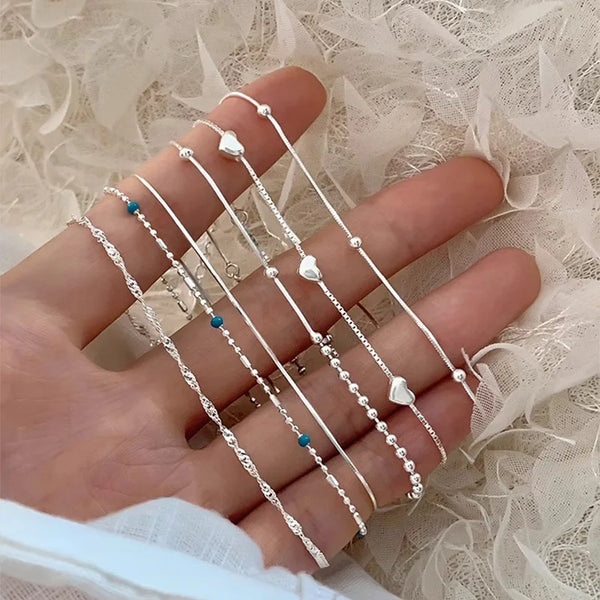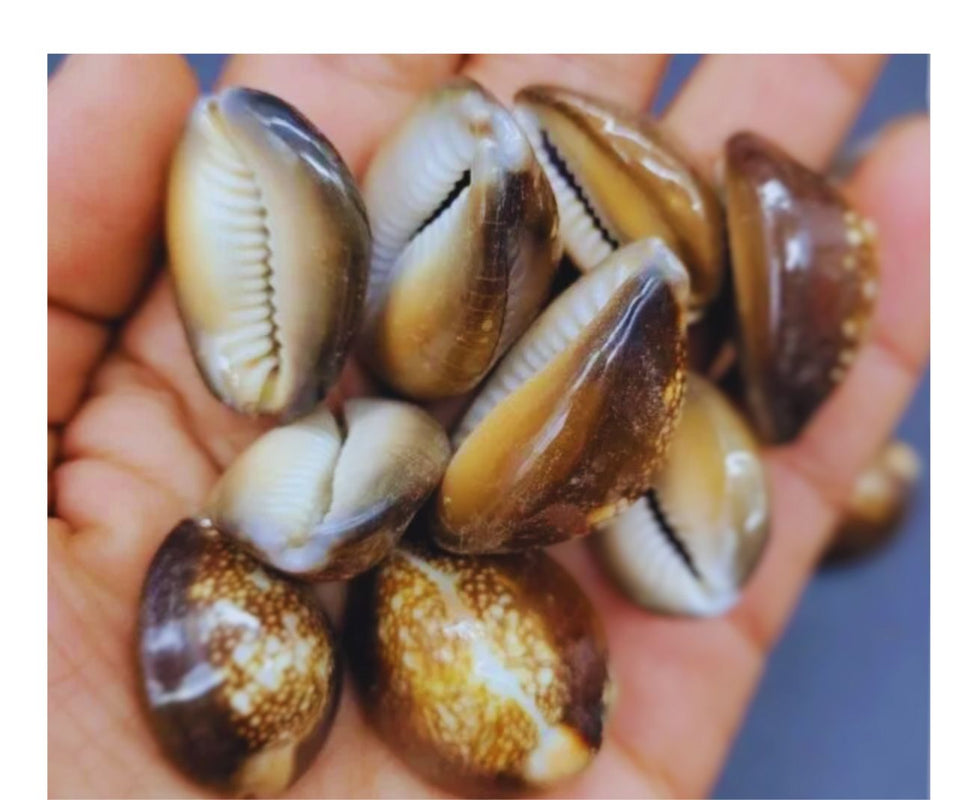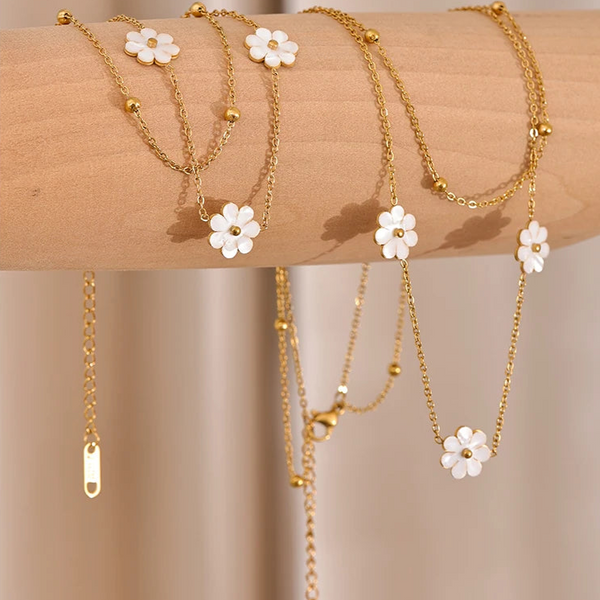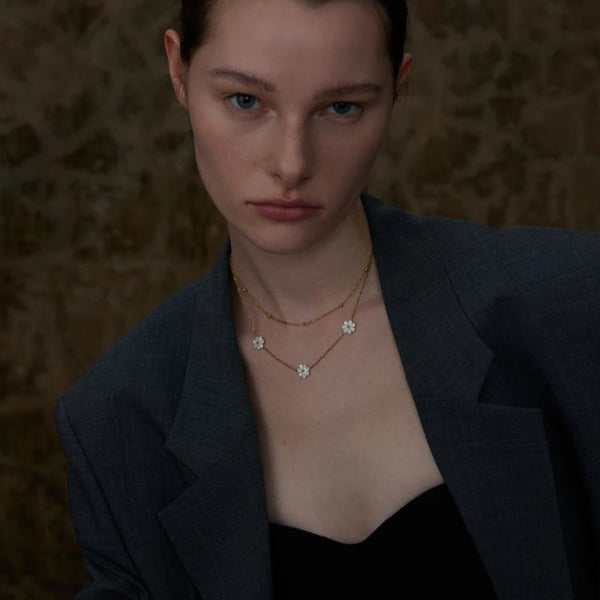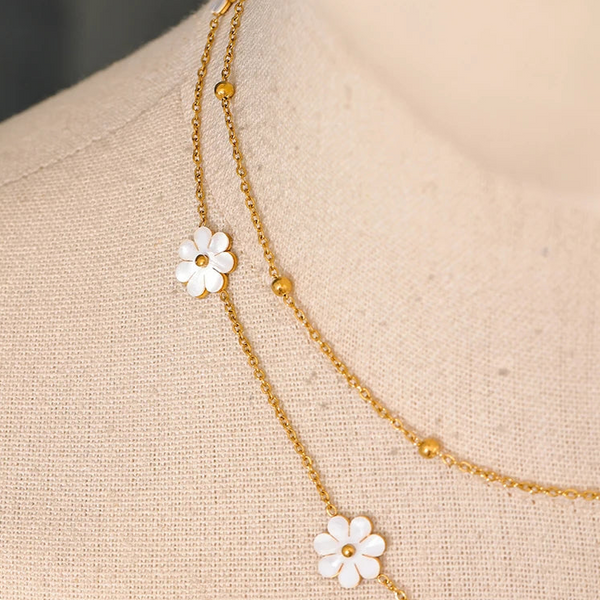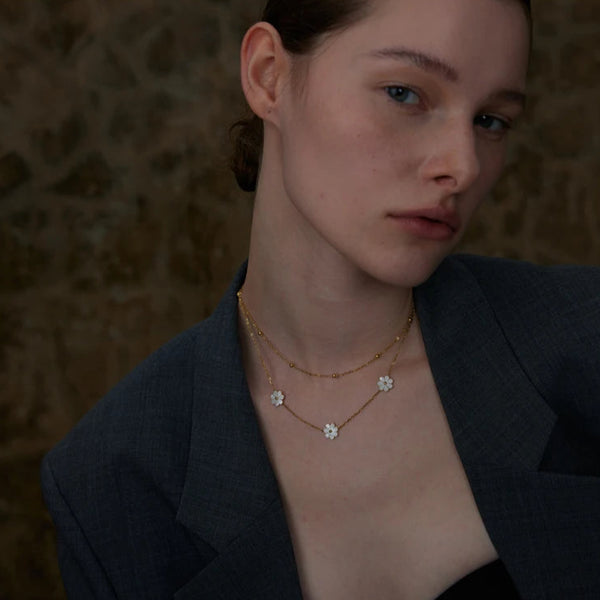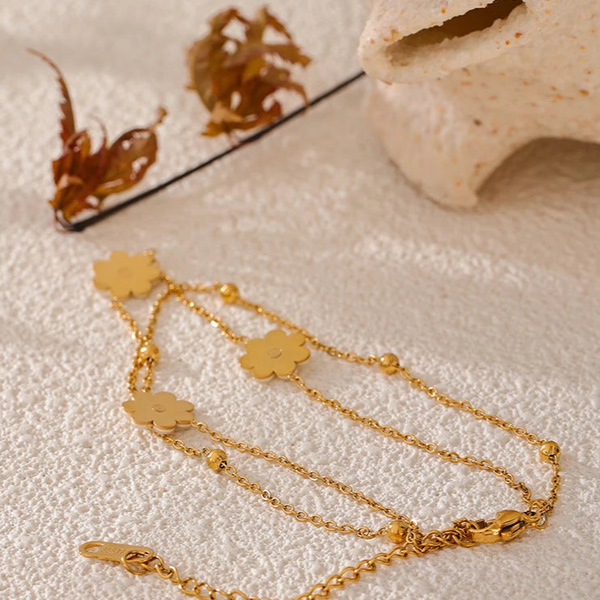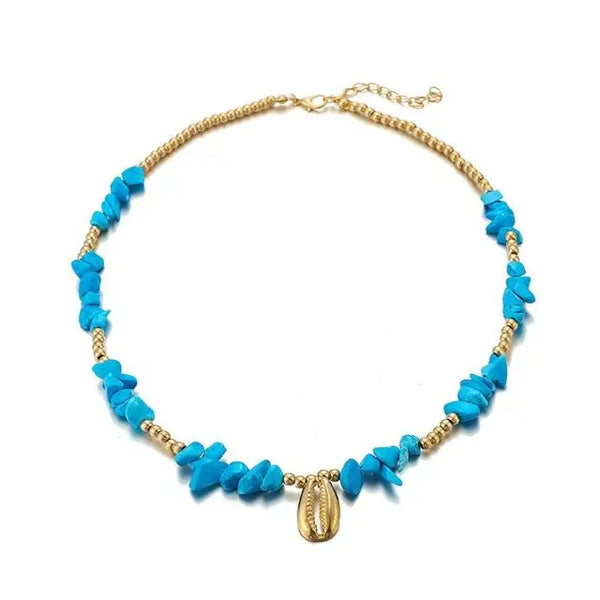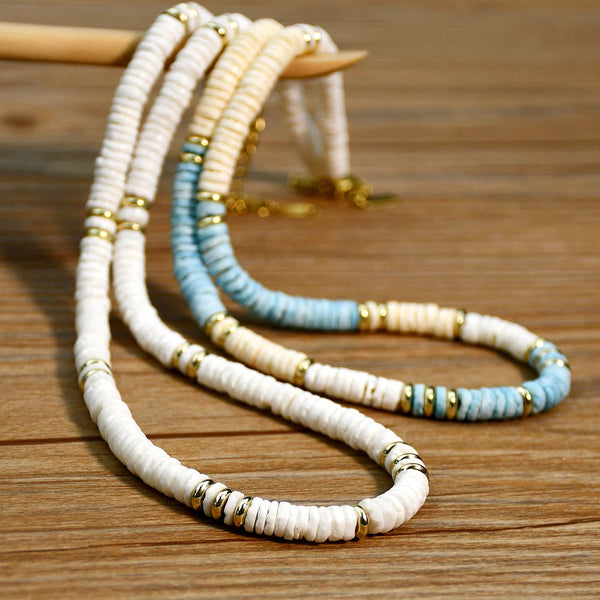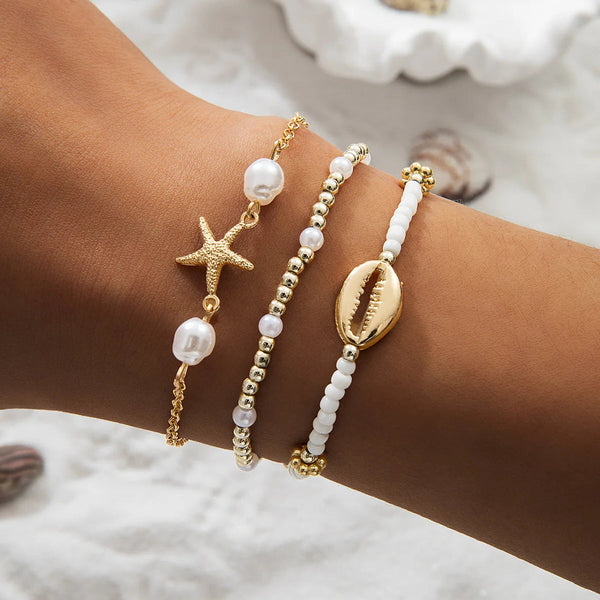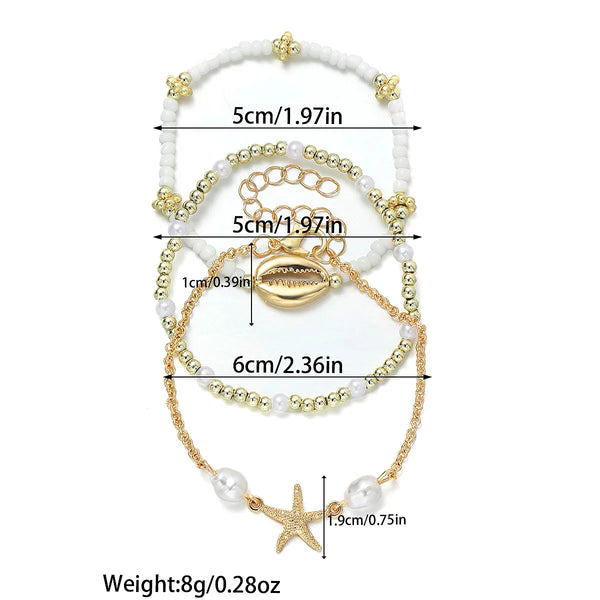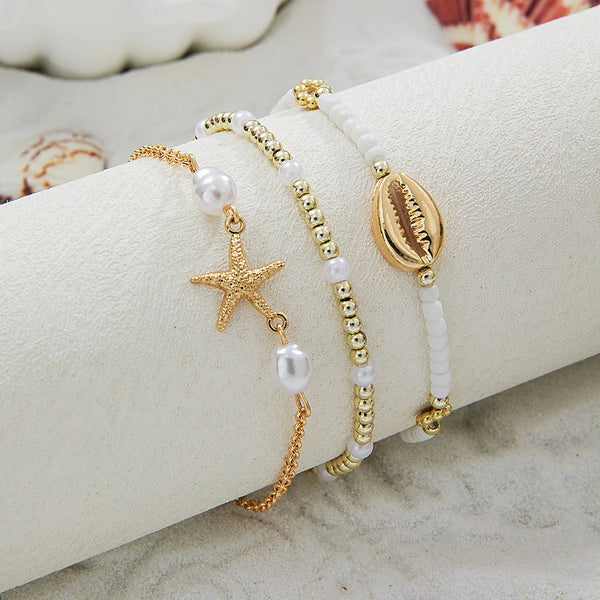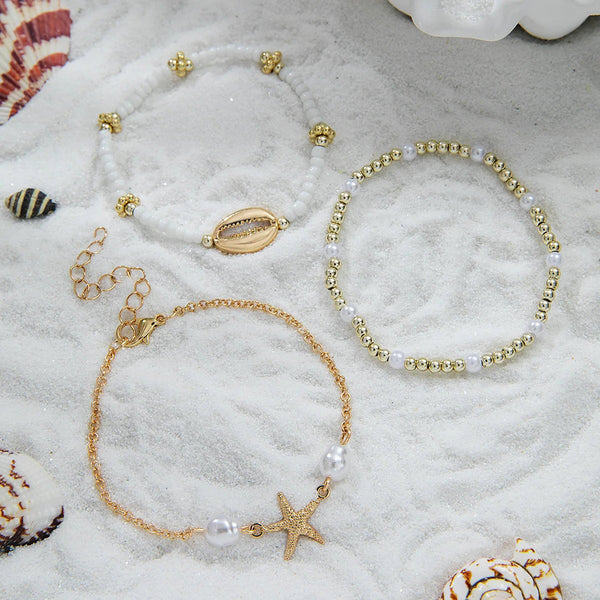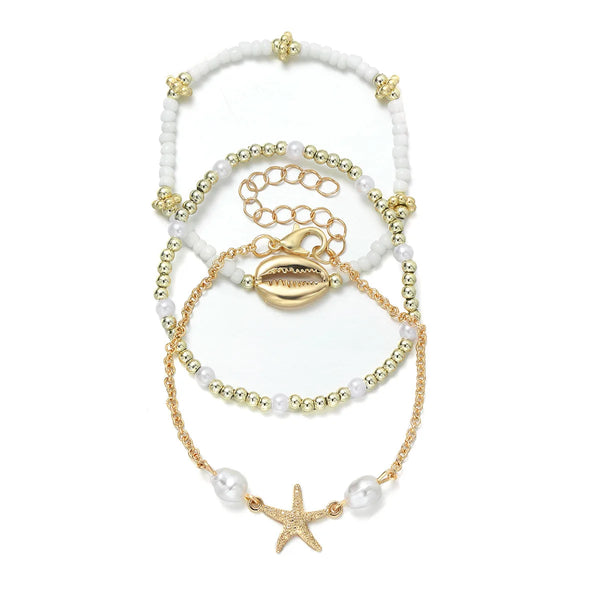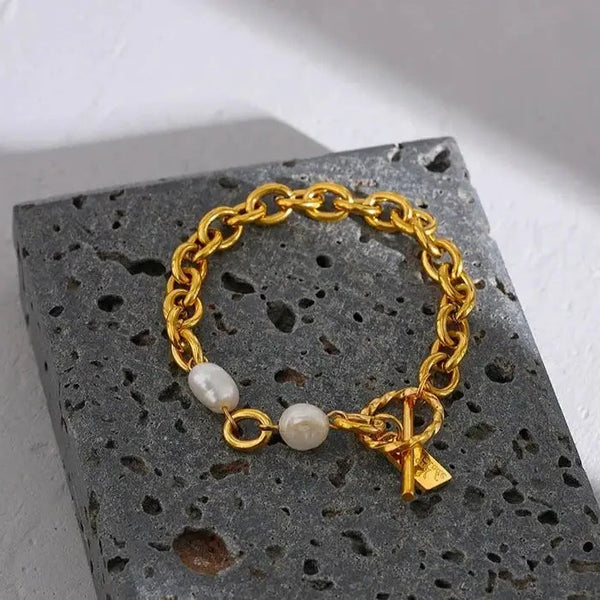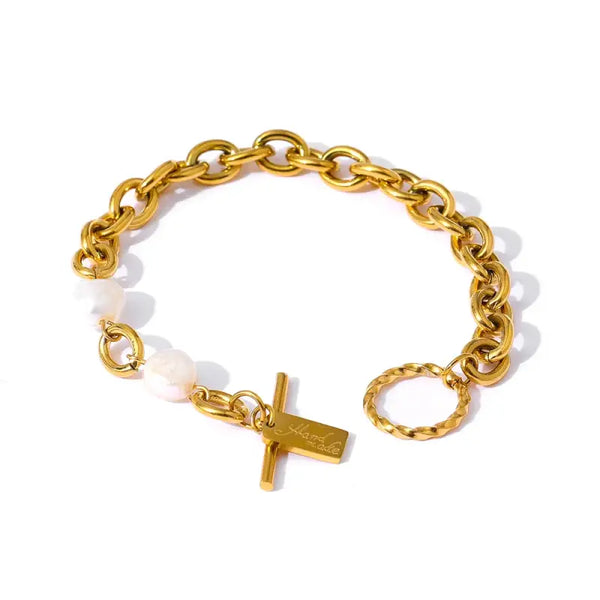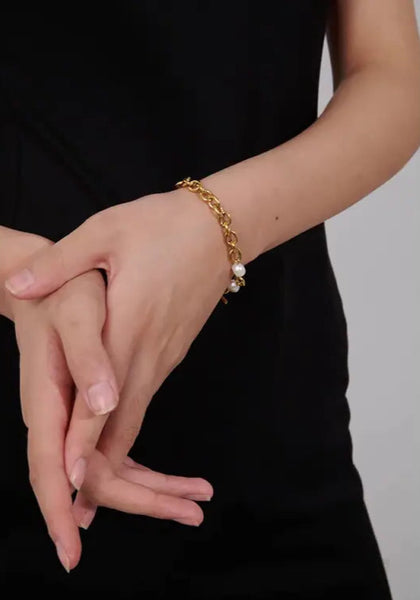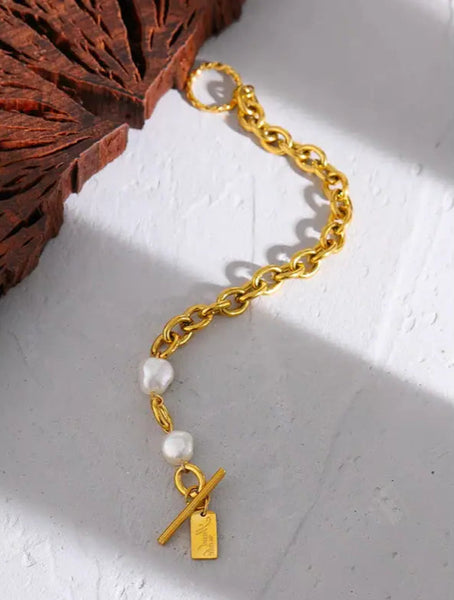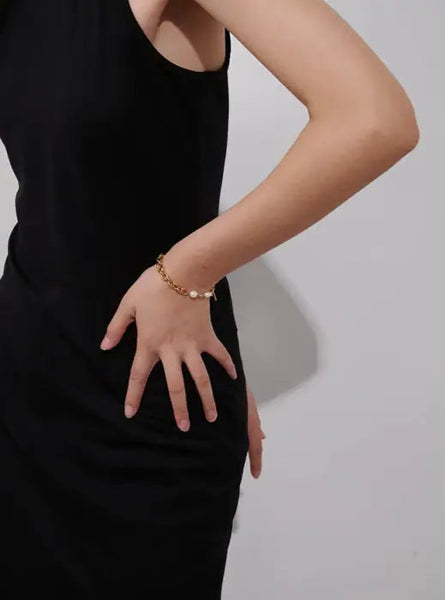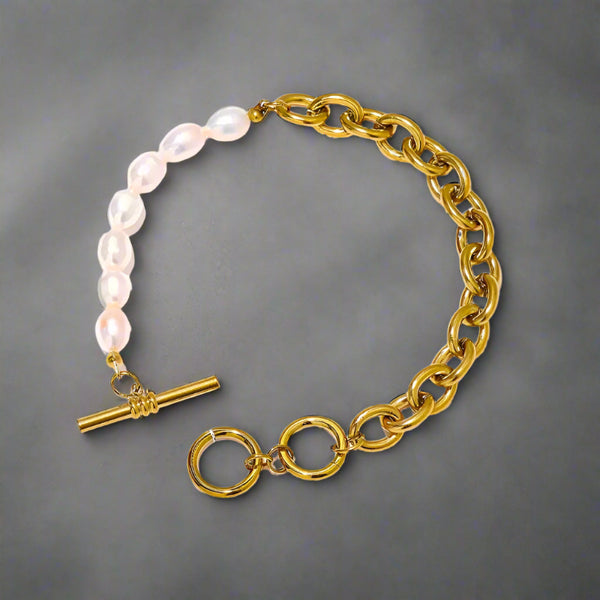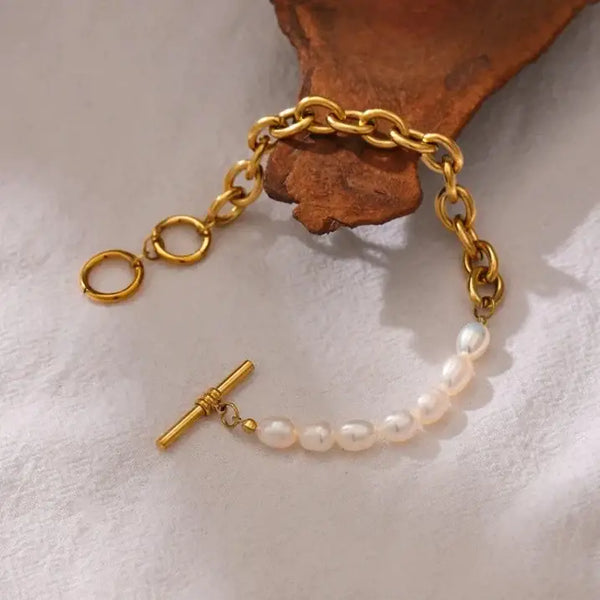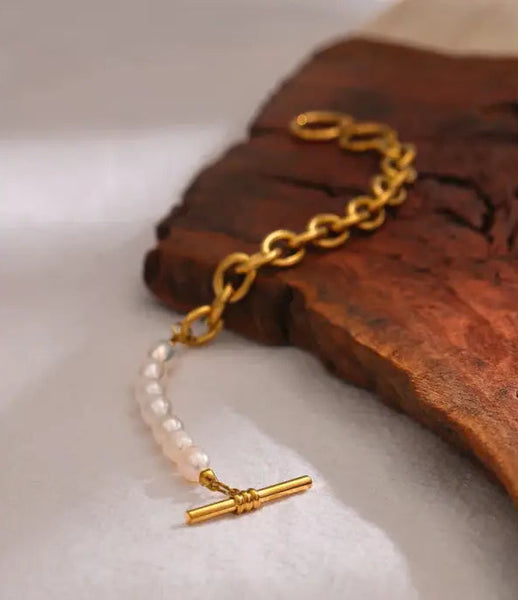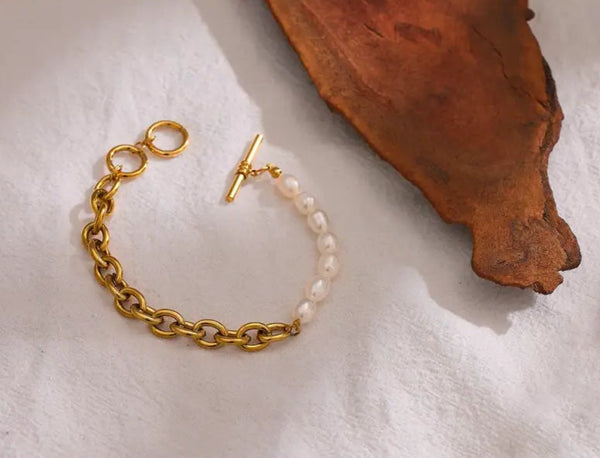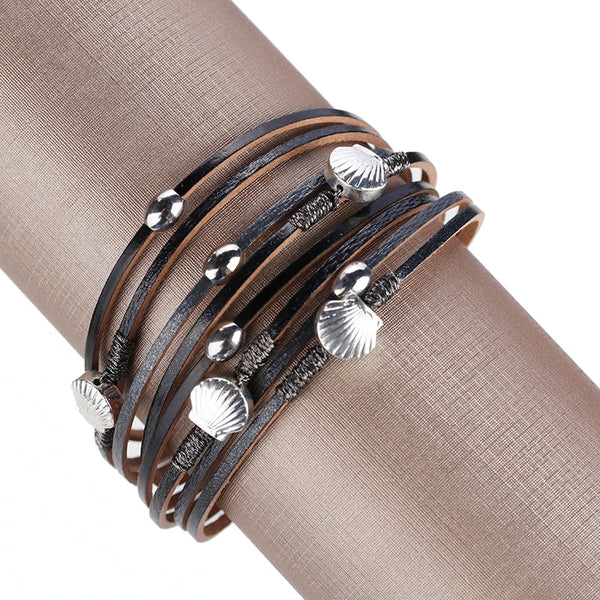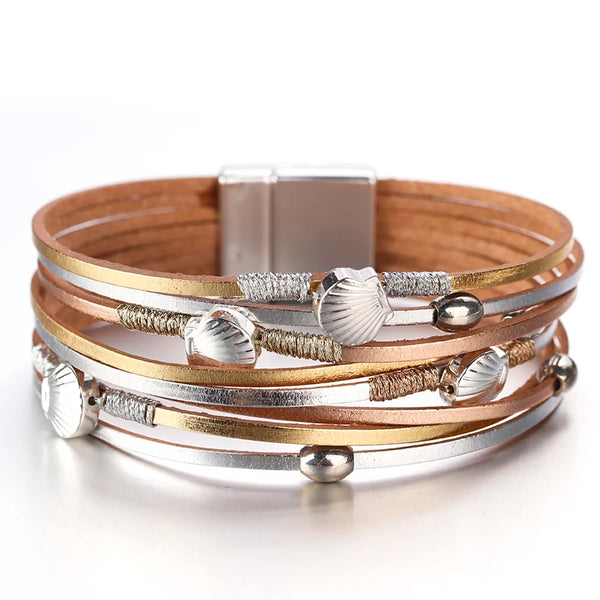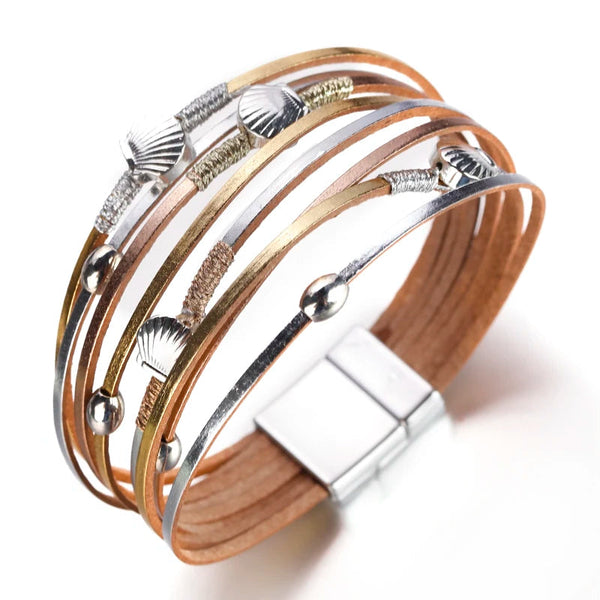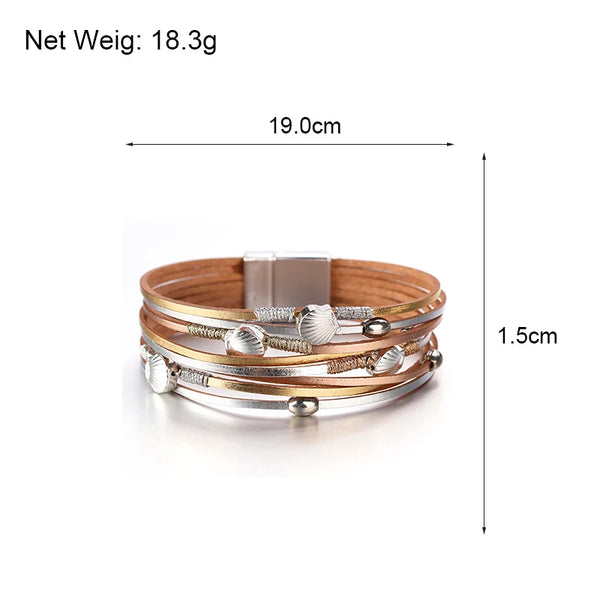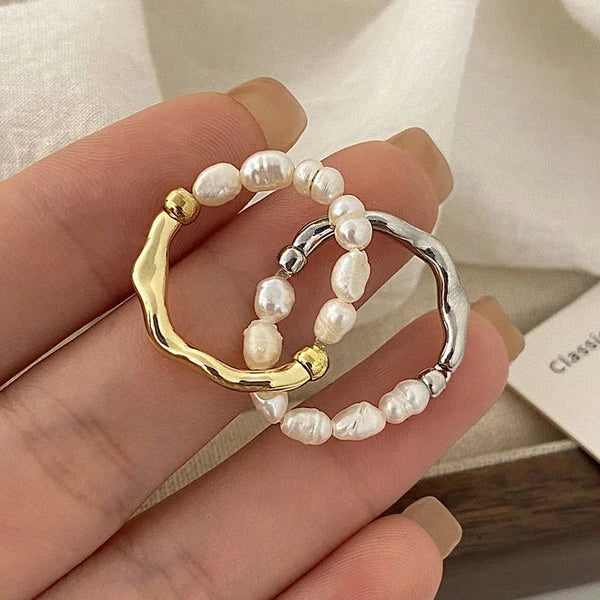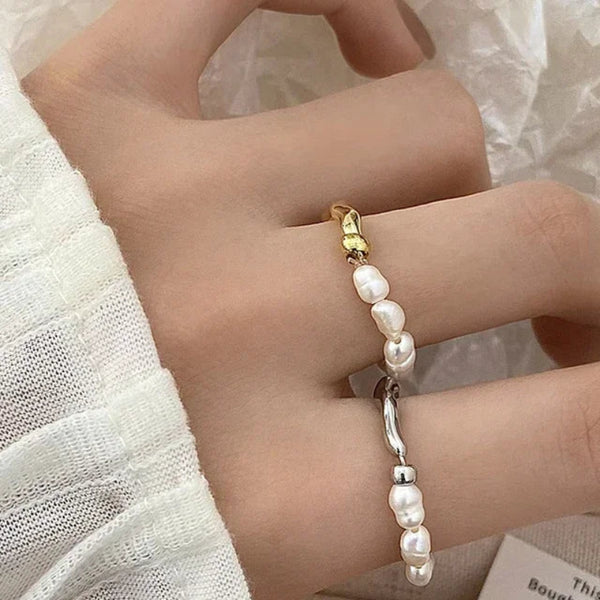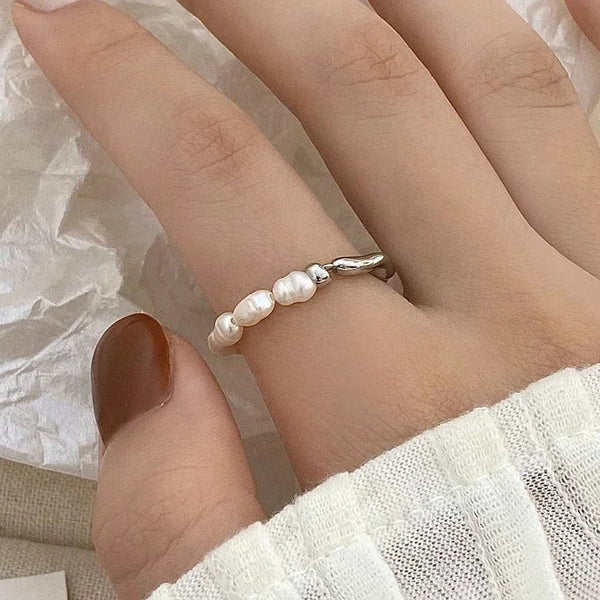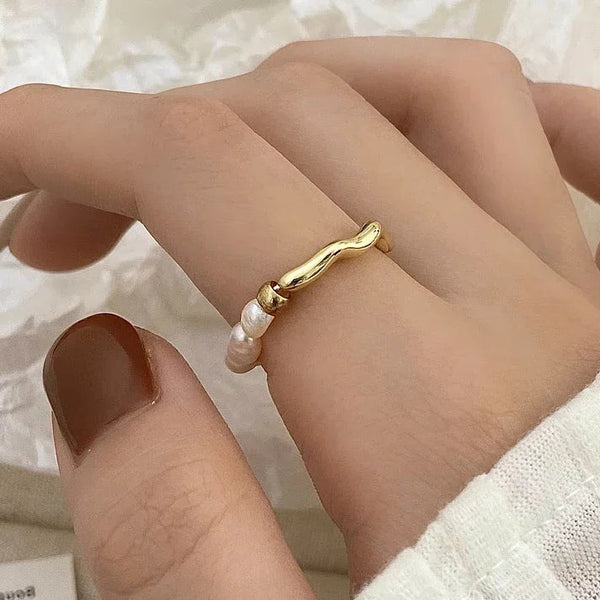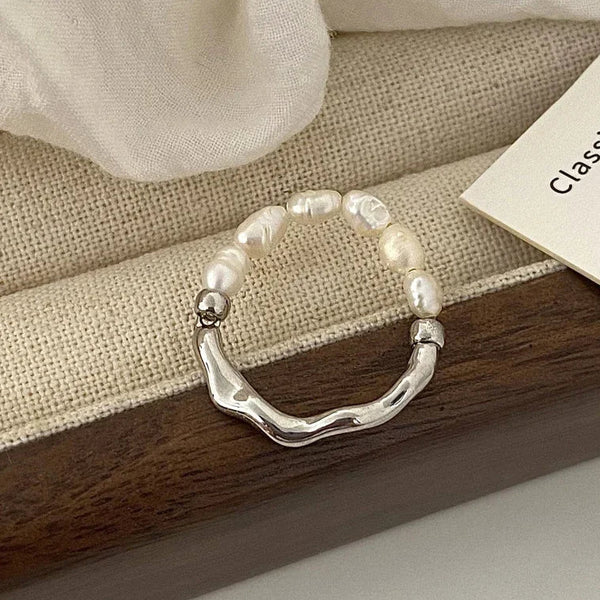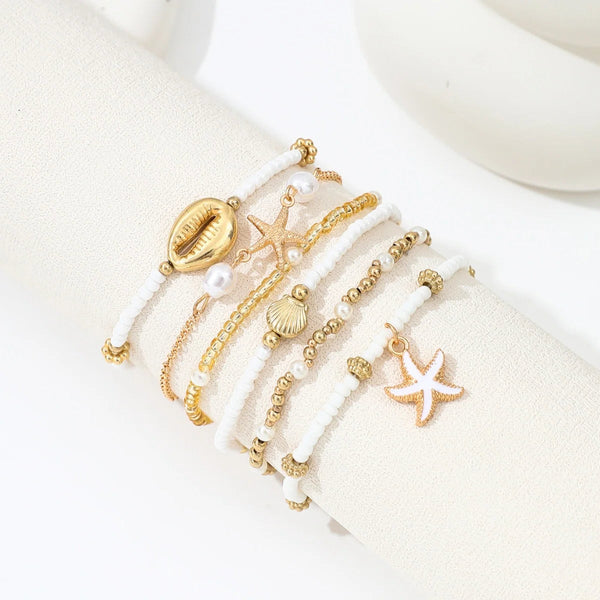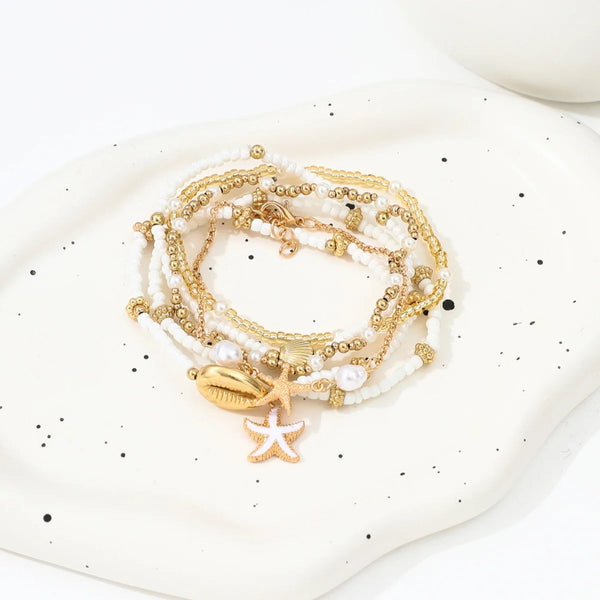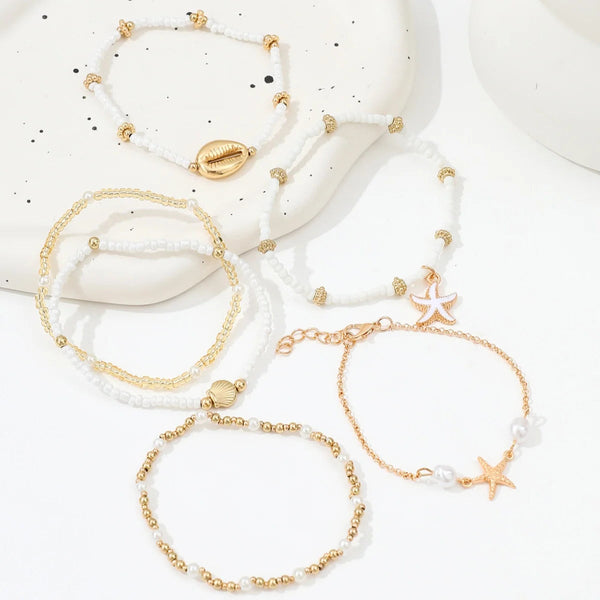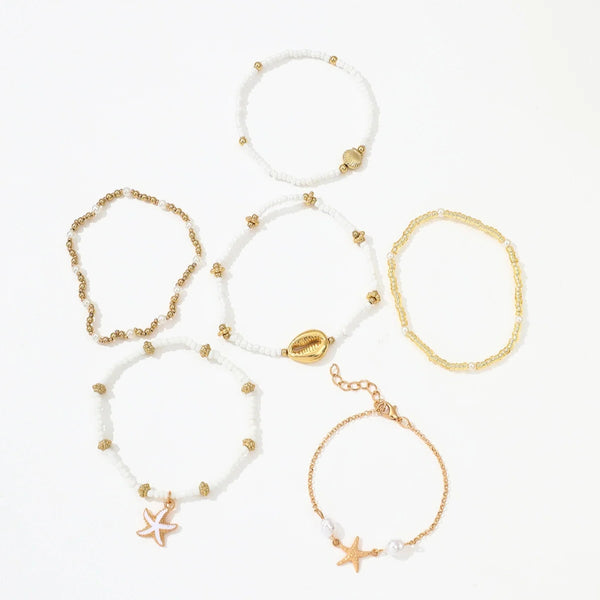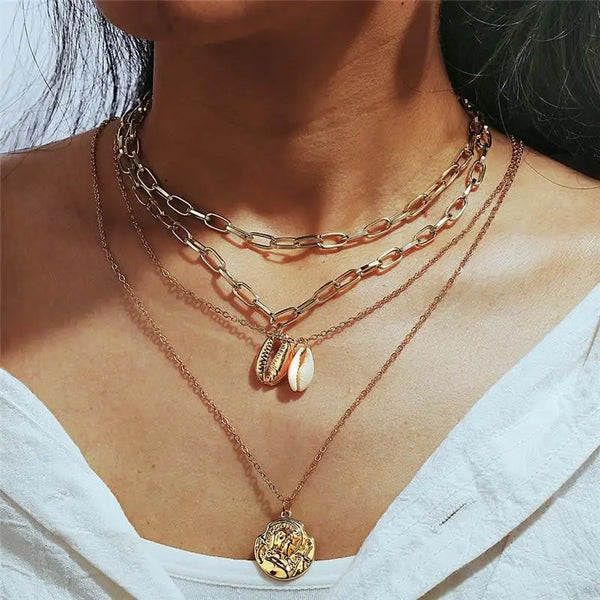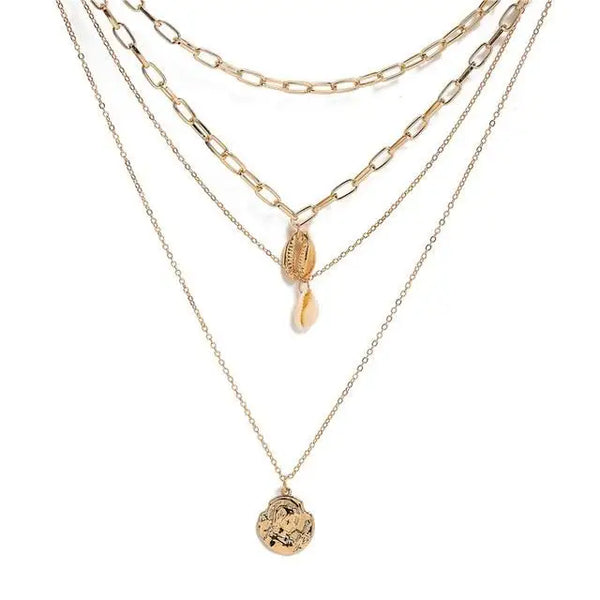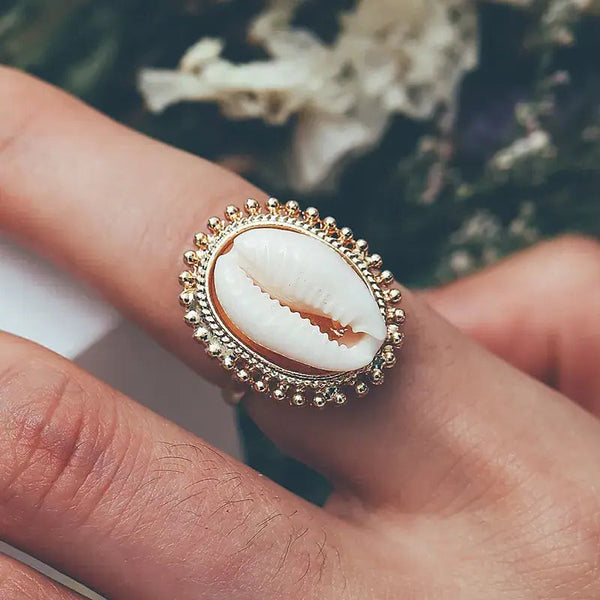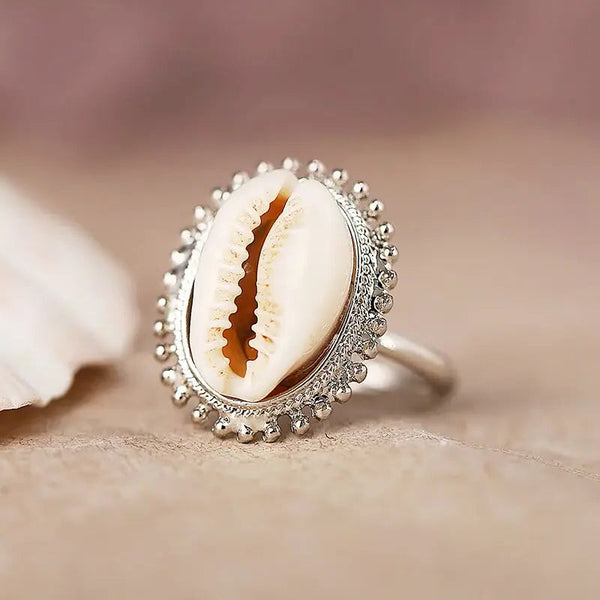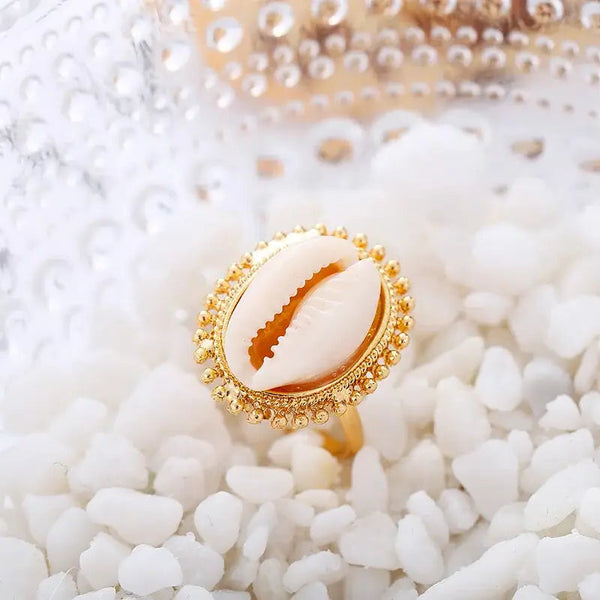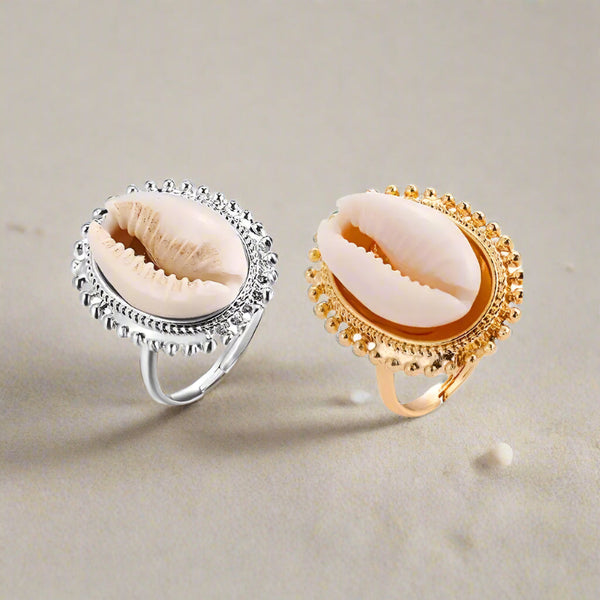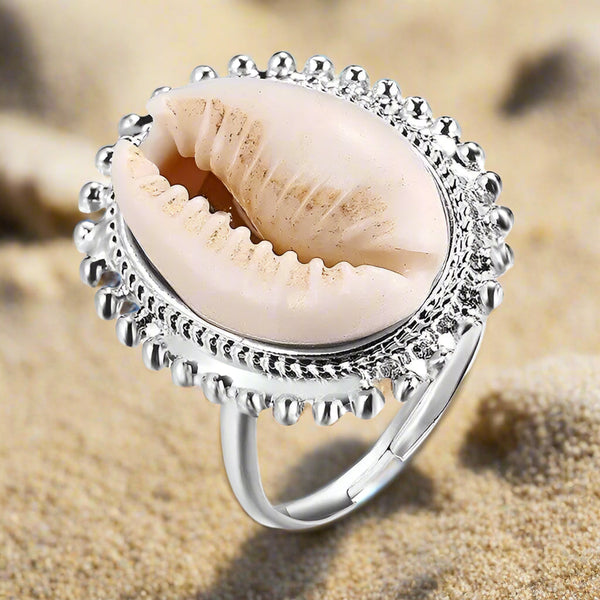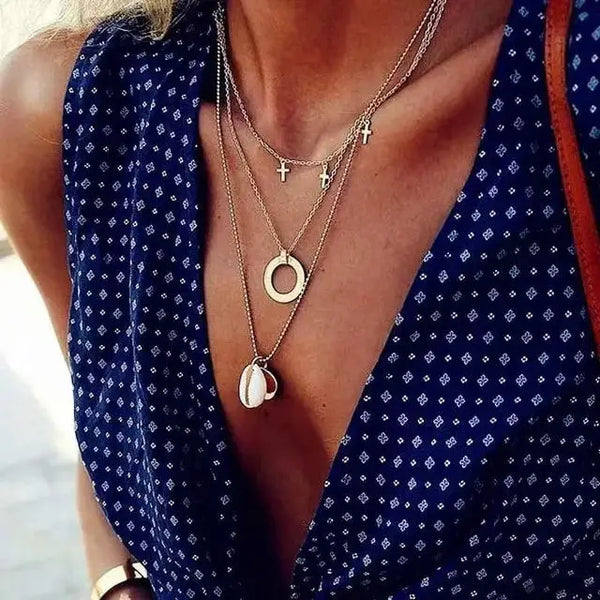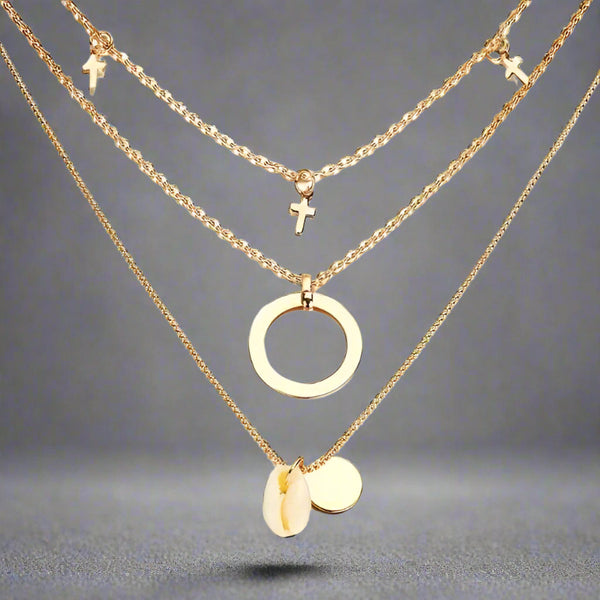
The Ancient Role of Cowrie shells in Global Cultures
Cowrie shells are among the most historically significant natural objects in human history. For thousands of years, they have been more than just beautiful ocean treasures.
They have served as currency, spiritual symbols, and markers of status and power.
Their smooth, pearl-like appearance, durability, and rarity made them highly valuable, influencing global trade, religious rituals, and cultural traditions.
From African kingdoms to Chinese dynasties, Indian markets, Polynesian warriors, and Native American ceremonies, Cowrie shells have played an integral role in shaping civilizations. Let’s explore their fascinating history and the deep meanings attached to them.
Cowries as Currency and Status Symbols
One of the Oldest Forms of Currency

Long before gold and paper money, cowrie shells were used as one of the first global currencies. Their lightweight, durable and uniform shape made them an ideal medium of exchange. Unlike other early forms of money such as livestock or grain, cowries were easy to transport and difficult to counterfeit, making them incredibly valuable in trade and commerce.
Some of the earliest records of Cowrie shells as currency date back over 3,000 years, and they remained in use in some regions well into the 19th and 20th centuries. Even after the rise of metal coins, cowries continued to be associated with wealth, prosperity, and status across different societies.

Cowrie Shells, Nigeria, 19th - 20th century
Smithsonian
Africa: The Currency of Kings and Traders
In West Africa, Cowrie shells became the dominant currency during the trans-Saharan trade era. Powerful African kingdoms such as:
• The Mali Empire (13th–16th century) used cowries to trade for gold, ivory, salt, and textiles.
• The Songhai Empire (15th–16th century) relied on cowrie-based markets, with vast treasuries filled with these prized shells.
By the 18th and 19th centuries, millions of Cowrie shells were imported from the Maldives to Africa, where they remained in circulation even during colonial rule.
China: The Influence on Coinage
In ancient China, cowries were so valuable that they influenced the design of early metal coins. The Chinese word for money (贝 bèi) originally meant Cowrie shell, and some of the earliest bronze coins were even cast in the shape of cowries. Their use as currency and wealth indicators dates back to at least the Shang Dynasty (1600–1046 BCE).
India: A Staple in Local Markets
In India, Cowrie shells were widely used as currency, especially in Bengal, where they remained in circulation well into the 19th century. Merchants exchanged cowries for rice, spices, and textiles, making them an essential part of everyday commerce. Even during British colonial rule, taxes in some regions were paid in Cowrie shells, proving their continued economic importance.
Though cowries eventually lost their role as a dominant currency, they left an enduring impact on global trade, influencing coinage systems, banking practices, and early commerce networks.
Spiritual and Cultural Symbolism of Cowries
Beyond their economic significance, Cowrie shells were deeply revered for their spiritual power and sacred symbolism. Their smooth, curved shape and central slit resembled an eye, which many cultures believed protected against evil, brought good fortune, and enhanced spiritual awareness.
Cowries as symbols of fertility, protection, and the divine
Africa: the Sacred messenger of the Ocean Gods
In many African spiritual traditions, cowries were symbols of prosperity, protection, and divine energy. The Yoruba people of Nigeria, for example, believed that cowries carried messages from Yemaya, the goddess of the sea, fertility, and motherhood.
Cowrie shells were widely used in:
• Ifá divination practices: Yoruba priests would cast and interpret cowries to receive guidance from the spirit world.
• Ritual jewelry and adornments: Cowrie-studded belts, bracelets, and headdresses were worn to attract wealth, love, and divine favor.
• Offerings and sacred ceremonies: Cowries were placed on altars, shrines, and spiritual objects as gifts to ancestors and deities.
 IFA Divination, Photography: Will Coleman, Ph.D.
IFA Divination, Photography: Will Coleman, Ph.D.
Polynesia: protection for warriors and leaders
In Polynesian and Pacific Island cultures, Cowrie shells symbolized strength, leadership, and protection. Chiefs and warriors often wore cowrie-adorned necklaces and armor to:
• Demonstrate authority and bravery in battle.
• Ward off evil spirits and bring divine protection.
• Bless homes and sacred spaces to maintain spiritual harmony.
Cowries were so significant that they were often included in tattoos and ceremonial carvings, allowing warriors to carry their protection with them permanently.
Native America: A Connection to Nature and Healing
Among indigenous tribes in North and South America, Cowrie shells were seen as sacred gifts from nature. They were used in:
• Shamanic and healing rituals, believed to channel ocean energy for spiritual cleansing.
• Medicine pouches, carried by tribal elders for protection and vision quests.
• Tribal ceremonies, where cowries symbolized ancestral wisdom and unity.
Because cowries were connected to the ocean’s life force, they were often used in spiritual communication and dream work, allowing people to connect with their ancestors and the natural world.

Cowries in Jewelry and Cultural Adornments
Cowrie shells have been worn as Cowrie jewelry for thousands of years, symbolizing wealth, protection, spirituality, and cultural identity. From African royalty to Indian brides, Amazonian shamans, and European aristocrats, Cowrie jewelry has transcended time and geography. These ocean treasures have been used not just as decoration, but as powerful symbols of status, heritage, and the natural world.
As global trade expanded, cowries traveled across continents, influencing fashion, rituals, and even high-end jewelry trends. Their journey from sacred adornments to luxury accessories highlights their enduring cultural significance and adaptability.
Traditional Cowrie jewelry Across the World
A Symbol of Power, Status, and Spiritual Protection
Cowrie jewelry has always been more than just an accessory—it has carried deep spiritual and social meaning.
• African Royalty & Warriors: In West Africa, kings, warriors, and priests wore cowrie-studded garments and Cowrie jewelry as symbols of divine favor, strength, and protection. Warriors often braided cowries into their hair or armor, believing the shells held the energy of ancestors and the ocean’s power.
• Indian Bridal Jewelry: In India, cowries were associated with Lakshmi, the goddess of wealth, and were commonly worn by brides in Bengal and South India. They were stitched onto wedding garments and used in ceremonial offerings, ensuring blessings of fertility and prosperity.
• Amazonian and Indigenous Traditions: Among South American indigenous tribes, Cowrie shells symbolized spiritual connection and protection. Shamans wore cowrie-adorned headdresses, while warriors carried them as protective charms.
Even today, Cowrie jewelry remains deeply connected to cultural identity, carrying ancient traditions into the modern world.
Cowries in Colonial-Era Jewelry
From Sacred Adornments to European Luxury Fashion
With the rise of global trade and colonization, Cowrie shells entered European high society, becoming both currency and exotic Cowrie jewelry.
• 17th–18th Century Aristocratic Fashion: European royalty and noblewomen adorned themselves with Cowrie jewelry, viewing the shells as exotic symbols of wealth.
• Victorian-Era Trends: In the 19th century, cowries were incorporated into cameo brooches, lockets, and hair accessories, reflecting Europe’s fascination with natural and rare materials.
Despite losing their monetary value in Europe, cowries remained symbols of colonial trade, exploration, and luxury.
Cowrie jewelry in Caribbean and Afro-Diasporic Cultures
During the transatlantic slave trade, Cowrie shells traveled with enslaved Africans to the Americas, where they retained their spiritual significance.
• Afro-Caribbean Spirituality: In Santería, Vodou, and Candomblé, cowries remain essential in divination, altars, and sacred rituals, preserving their African roots.
• Cultural Survival and Empowerment: Enslaved Africans secretly wore Cowrie jewelry to maintain their ancestral traditions and spiritual protection.
• Modern Afrocentric fashion: Today, cowries are often worn as symbols of heritage and resilience, appearing in bold statement pieces celebrating African identity.
The journey of cowries across cultures and centuries showcases their lasting influence in both history and fashion.
The Modern Revival of Cowrie jewelry
Cowrie shells have long carried deep cultural and spiritual meaning, but in recent years, they have also made a strong comeback in contemporary fashion. Whether worn as a symbol of heritage, protection, or natural beauty, Cowrie jewelry blends tradition with modern style, making it a timeless and versatile accessory.
From Bohemian style beach vibes to high-fashion runway collections, Cowrie shells have secured their place in global jewelry trends, proving that their historical significance remains relevant today.
Cowrie jewelry in Contemporary Fashion
Over the past few decades, Cowrie jewelry has evolved beyond its cultural roots, becoming a staple in mainstream and luxury fashion. Today, cowries are worn in various styles, from earthy, Bohemian style pieces to refined, minimalist designs.
• Bohemian style & Festival Wear:
Cowrie jewelry is a boho-chic essential, often seen at music festivals like Coachella and Burning Man, where natural elements, shells, and beads dominate fashion trends.
• Layered cowrie necklaces and anklets paired with flowy dresses and macramé jewelry create a relaxed, Bohemian style look.
• Worn with hemp cords, wooden beads, or woven accessories, cowries embody a connection to nature and wanderlust-inspired style.
• Afrocentric fashion: Celebrate a heritage
For many, cowries represent African heritage and cultural pride. Designers have incorporated them into statement necklaces, waist beads, and bold earrings, honoring their historic symbolism in royalty, spirituality, and trade.
• Afrocentric influencers and celebrities wear cowrie chokers and hair accessories as a tribute to their ancestral roots.
• Blending traditional motifs with modern elegance, Cowrie jewelry remains a powerful statement of identity.
• Minimalist & Luxury Jewelry: when nature meets elegance
Cowries have also made their way into luxury and minimalist fashion, appearing in fine jewelry collections from top designers like Dior, Chanel, and Valentino.
• Dainty cowrie pendants on gold or silver chains offer a subtle yet sophisticated way to wear these ocean treasures.
• High-end jewelers set cowries in gold, diamonds, and pearls, transforming them into glamorous statement pieces.
How to Wear and Style Cowrie jewelry
One of the reasons Cowrie jewelry remains so popular is its versatility.
Whether worn as a beachy casual accessory, a Bohemian style layer, or an elegant piece, cowries fit any style.
• 🌊 Beachy & Casual: pair a cowrie shell anklet or choker with a sundress and sandals for a relaxed, coastal vibe.
• ✨ Chic Boho style: layer cowrie necklaces, bracelets, and rings with beaded or wooden jewelry for a festival-ready aesthetic.
• 💎 Elegant & Modern: a gold-plated cowrie pendant or drop earrings elevate any sophisticated look.
• 🌍 Cultural Celebration:wear cowrie waist beads, earrings, or headpieces as a tribute to Afrocentric fashion and indigenous traditions.
No matter the occasion, Cowrie jewelry remains a timeless and meaningful accessory that carries history, spirituality, and beauty.
A Timeless Jewelry Traditiont, the Legacy of Cowrie jewelry
From ancient tribal traditions to high-fashion jewelry, Cowrie shells have remained timeless symbols of power, heritage, and connection to nature. Whether worn as a spiritual talisman, a cultural tribute, or a fashion statement, they continue to hold deep personal and historical meaning.
From ancient civilizations to modern fashion, Cowrie jewelry has stood the test of time, maintaining its cultural significance and aesthetic appeal. Whether worn as a Bohemian style beach accessory, a symbol of heritage or a high-fashion statement, cowries continue to inspire and adorn people worldwide.
From ancient trade routes to sacred spiritual practices, Cowrie shells have played a profound role in shaping human history. More than just currency or ornaments, they have served as symbols of power, protection, wealth, and divine energy.
Even today, cowries continue to inspire art, jewelry and cultural identity, carrying their rich legacy into modern fashion and spirituality. Whether worn as a symbol of prosperity, femininity or ancestral connection, Cowrie shells remain a timeless and powerful emblem of nature’s beauty and significance.
At Shellvibe, we celebrate this legacy by crafting Handmade jewelry, ethically sourced Cowrie jewelry, blending tradition with modern style. Explore our collection and wear a piece of history with pride. 🌊✨
Explore our collections and carry the ocean’s magic and history with you. 🌊✨
🔹 Love Cowrie jewelry?
🌊 Don’t Miss Out on Our Latest Arrivals! 🌿✨
Be the first to discover exclusive collections, boho-chic inspirations, and special offers straight to your inbox!
Elevate your style with our handcrafted seashell jewelry, designed for free-spirited women who love nature and adventure. Discover unique, ethically sourced pieces that bring coastal elegance to your everyday look.
✨ Explore the collection now and find your perfect ocean-inspired accessory! Come to visit us
Join our community today and embrace the elegance of the ocean!


